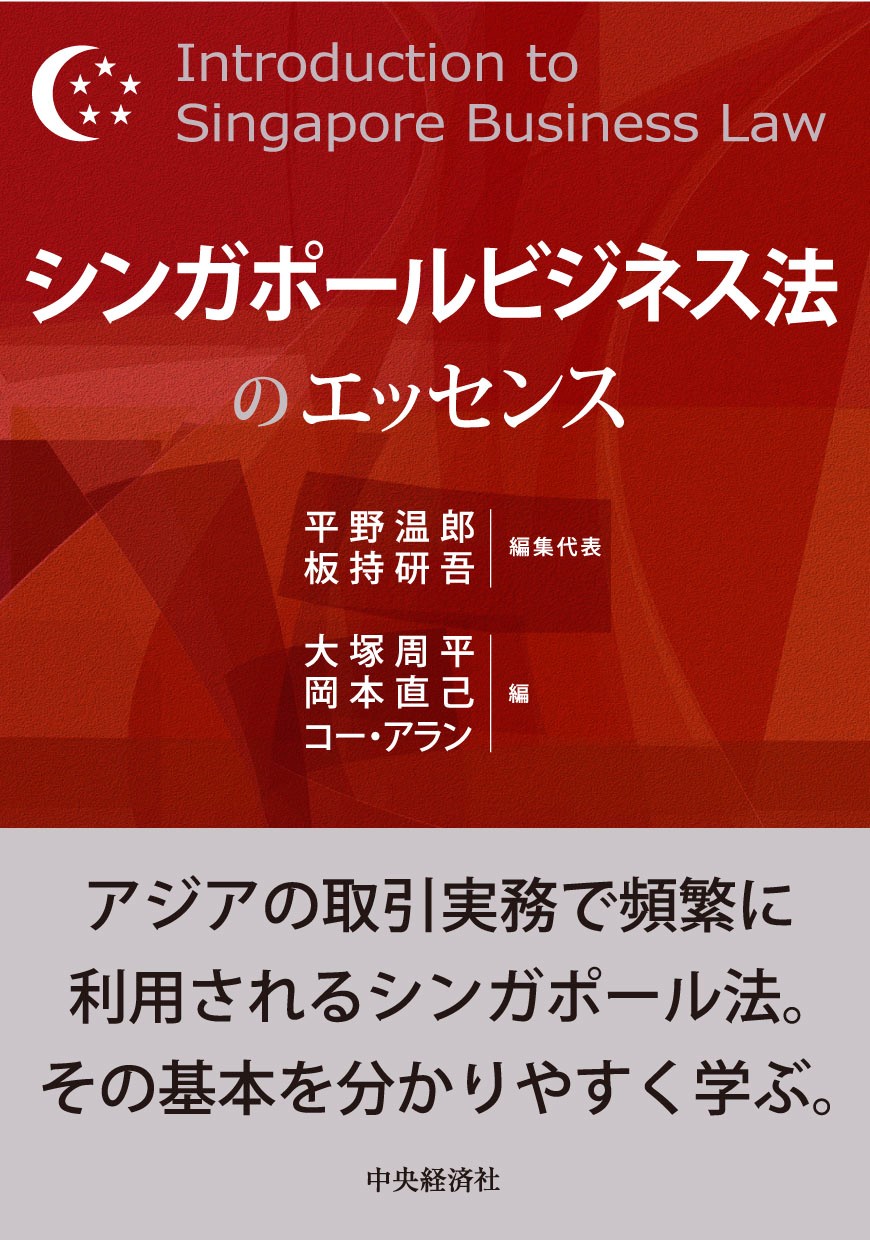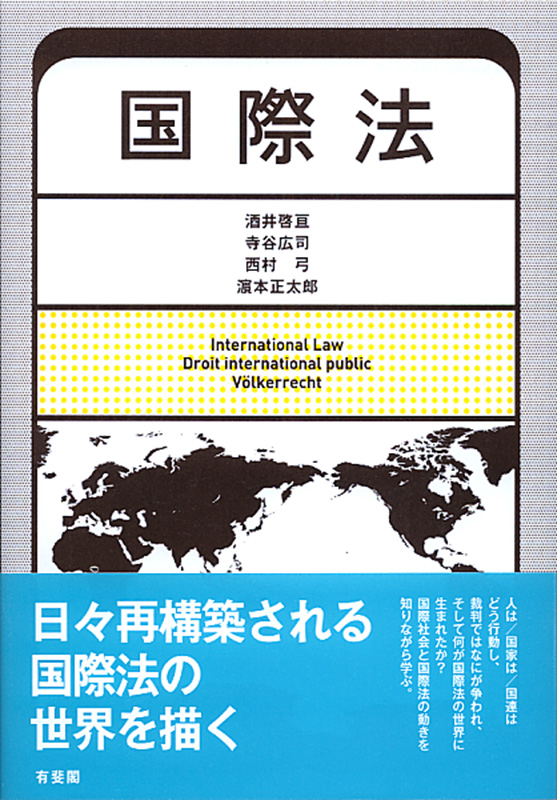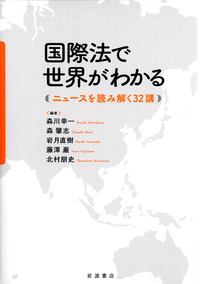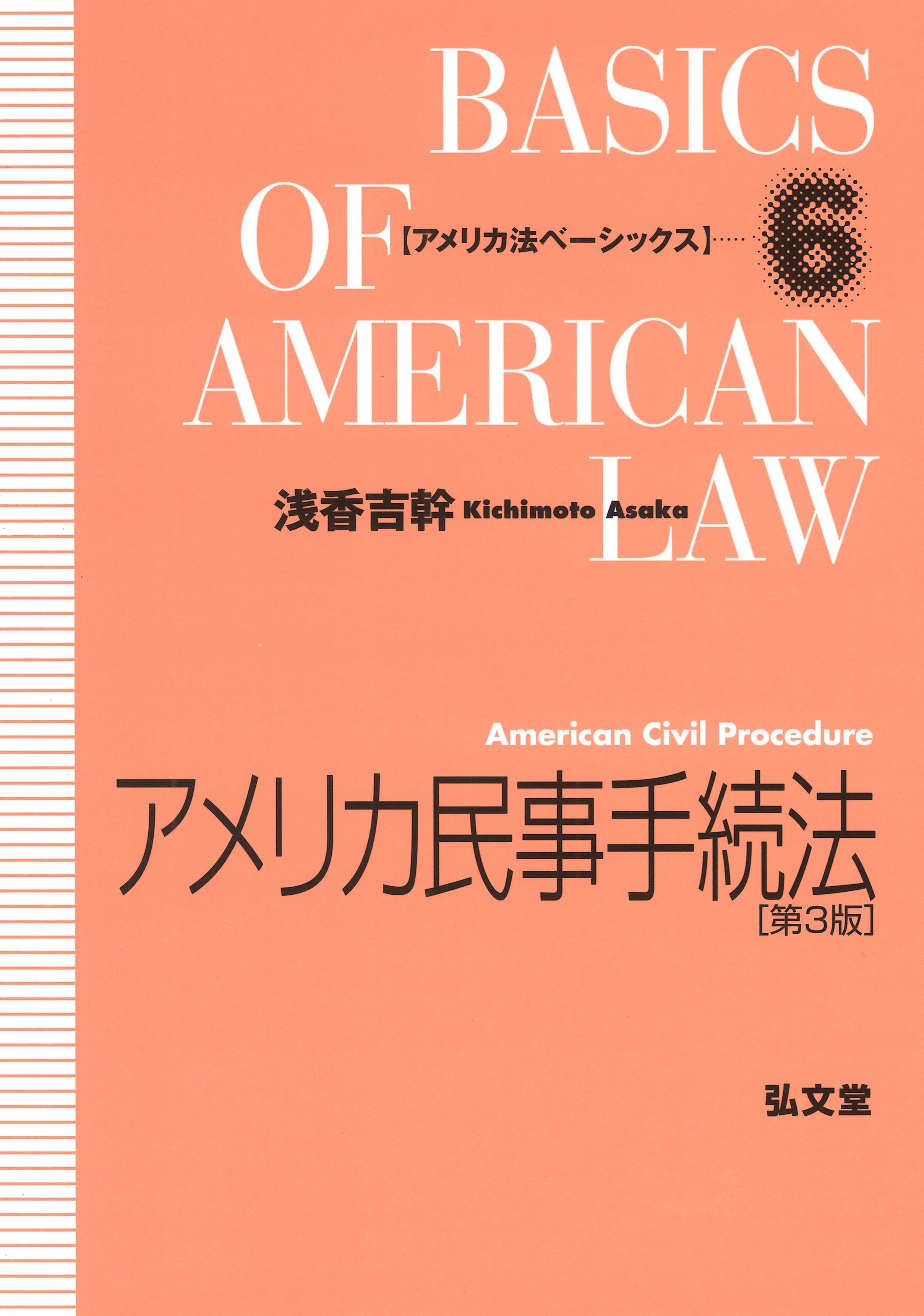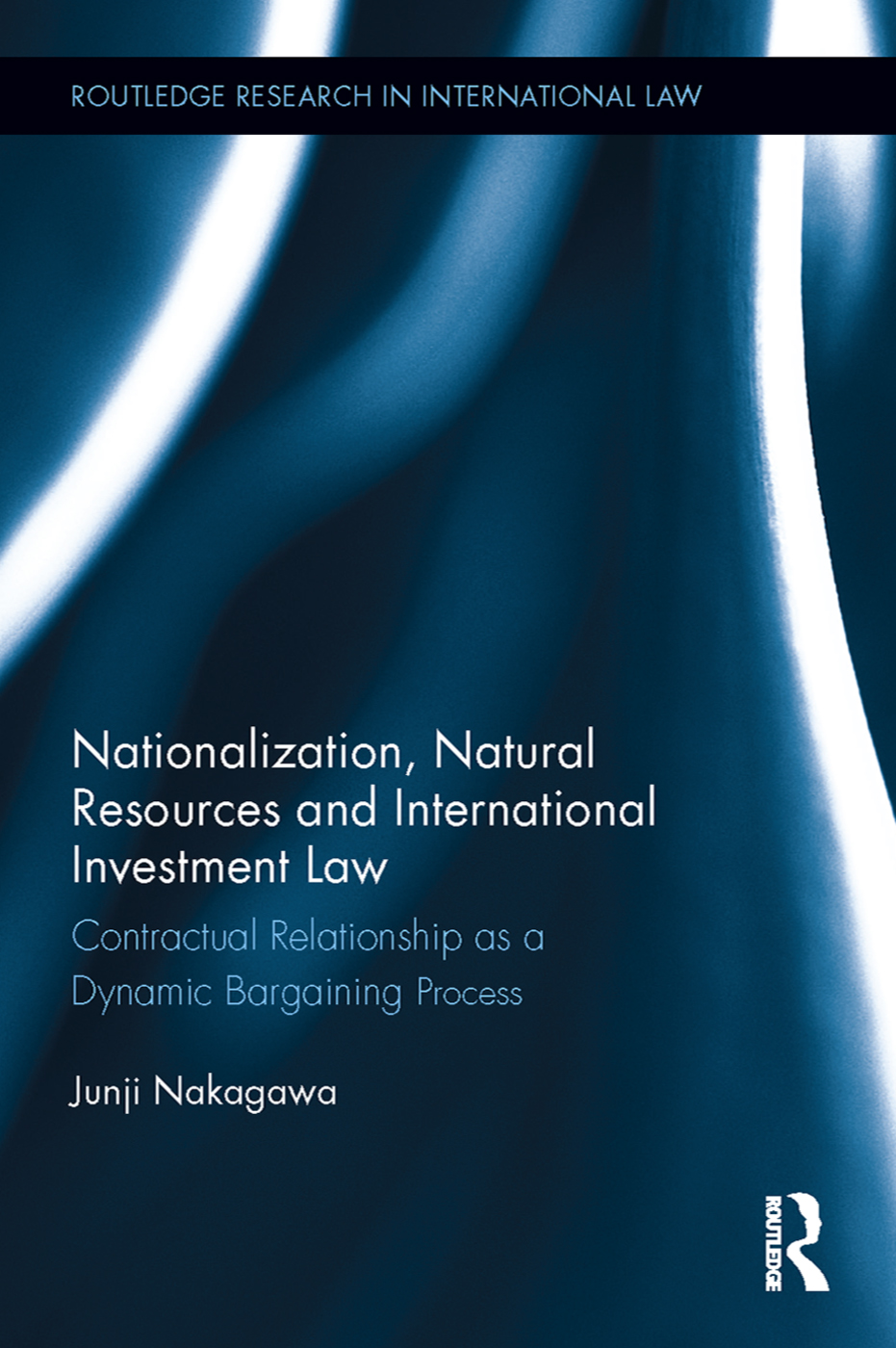
Title
Law school kokusaihō dokuhon (A Reader on International Law: International Law for Global Legal Practitioners)
Size
162 pages, A5
Language
Japanese
Released
September 17, 2013
ISBN
978-4-797-23349-0
Published by
Shinzansha Publisher Co., Ltd.
Book Info
See Book Availability at Library
Japanese Page
This book takes up actual cases mainly concerning transnational economic activities to let readers know how interesting and useful international law is. This publication will deal with overlooked but important areas of international law, such as international financial law and international air law. For example, in Lecture 5, “Overseas Travel and International Law,” we cover topics designed to attract the interest of Japanese students. They can fly from Tokyo to Rome because there are relevant air agreements, including the Japan–Italy bilateral air agreement. Surprisingly, there are three countries (or like) in Rome: the Republic of Italy, Vatican City State, and the Sovereign Order of Malta. Furthermore, given the fact that economic relationships with non-Western countries will surely grow with the advance of globalization, the role played by international law will without doubt become more important. In Lecture 10, we look at issues of international law arising from the fact that some countries (in particular, oil-producing countries) have huge sovereign wealth funds (SWFs), and they play a major role in the international economy. How to regulate the conduct of the SWFs is an important legal problem in global governance. In Lecture 11, we look at the stabilization clauses in oil development contracts, along with international bribery and other such issues. We also cover the fact that globalization is not a simple unidirectional path to liberalization. Restrictions on foreign capital and export controls for security purposes have been accepted in international law. We have to recognize that these restrictions are important from the perspective of economic security (Lecture 2). We must also not lose sight of the important role of now-forgotten bilateral friendship, commerce, and navigation treaties (FCNs). FCNs have sometimes been used in international courts and tribunals as one of the strongest “weapons” (Lecture 9).
This publication does not confine itself to economic topics. It also examines commonly occurring issues in the diplomatic arena, such as international legal effects of unilateral declarations by government officials (Lecture 1); the interpretation of treaties and UN Security Council resolutions (Lecture 4); and international legal problems concerning embassies (Lecture 7). Coverage is also given to issues of international law arising from economic sanctions—a major policy instrument to counter internationally wrongful acts committed by other countries (Lecture 8). Some neglected but interesting arbitral awards, including the Italy–Costa Rica Loan Agreement, the Young Loan, and the Aaroo Mountain arbitrations, are also analyzed in the book.
Given the wide and unique areas it covers, I hope this book will be useful not only for students who wish to be diplomats or for practicing lawyers who deal with international transactions but also for every reader who has interest in international relations.
For further details on the author’s research record, please visit http://www.j.u-tokyo.ac.jp/faculty/nakatani_kazuhiro/ and https://researchmap.jp/read0007704/?lang=english
(Written by NAKATANI Kazuhiro, Professor, Graduate Schools for Law and Politics / 2018)



 Find a book
Find a book




